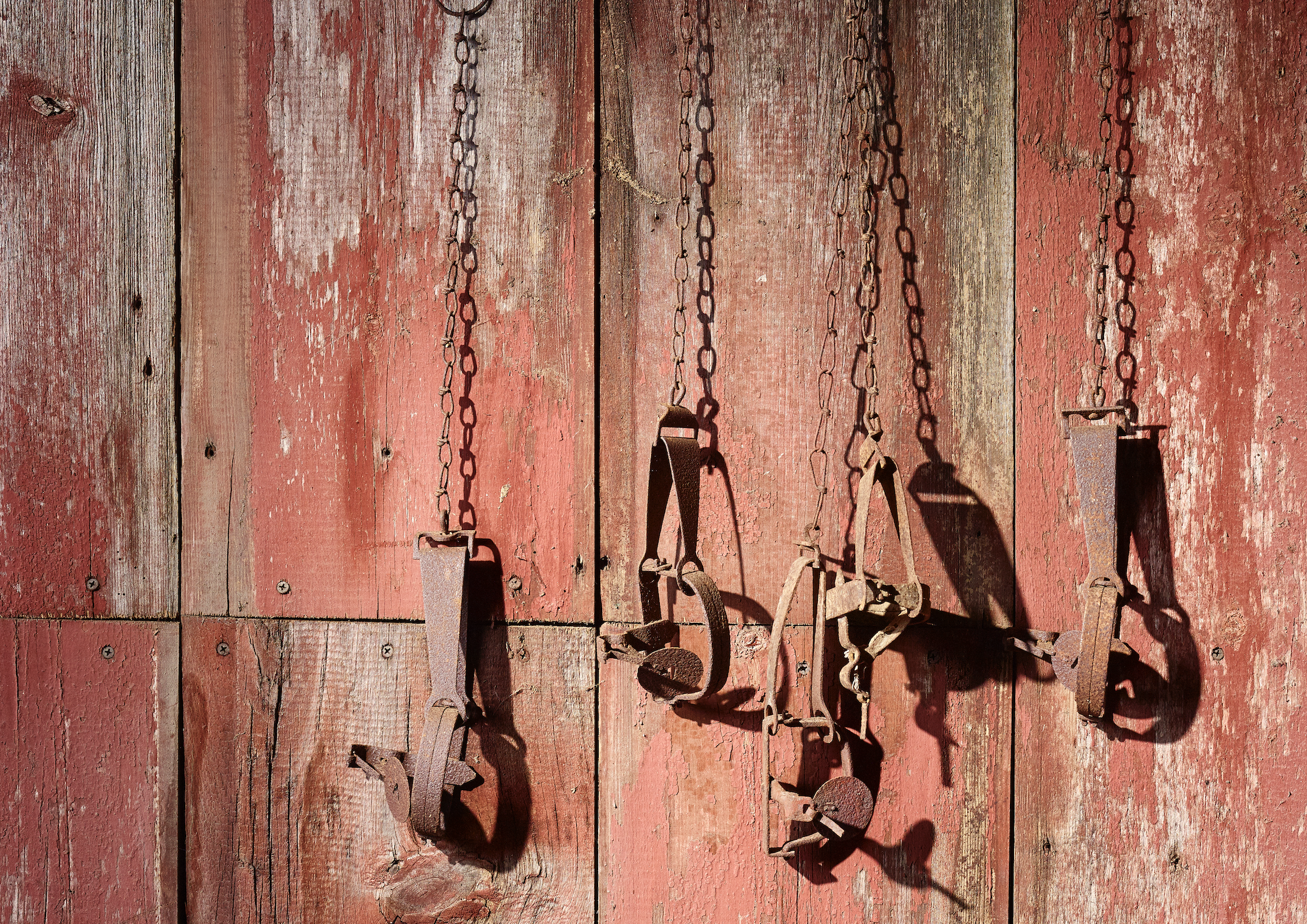I know many who trapped seriously for years, but very few who are doing it now as fur prices are so low.
100 beaver used to be the goal back when fur prices were up and the season ran from Jan 1 to March 31. Back then it was a big deal to be on the ice ready to go at midnight... otherwise you might get there and find somebody else had the house set up.
I know Maine is a lot more 'less developed' than Indiana. Here, at least in the northern 2/3 of the state, there is almost always a road exactly every mile. 1 mile squares. 640 acres per square. Most of it farm field, although there are still nice woods here and there. Usually a drainage ditch or creek every mile or two as well.
There were no (or very few) coyotes, beavers, deer, turkey, mink, otter or Canada Goose here in the northern part of the state when I was born in the early 60s. Lots of ducks, rabbits, foxes, squirrels, raccoons, possum, muskrat. I saw exactly 1 deer in the area I grew up in, which was pretty rural, before I turned 20.
Since around 1980, things started to change. We are overrun with deer and coyotes. There are beavers in about every waterway. So much so that the parks departments have to put fencing around the large trees along the rivers so they don't get chewed down. Coyotes have adapted to urban life, and they tend to push foxes out. The turkey reintroduction program has been a huge success. There are mink in the ditches now, and the otter reintroduction program is a success as well. Canada Goose populations have exploded to the point that they are nuisance animals. Flocks of ducks have been replaced by flocks of geese. It is rare to see a flock of ducks now. I've seen wild mink several times, and the otter reintroduction program has been a large success, too.
There are still large populations of squirrels, raccoons and possums. I don't see as many muskrats as I used to, but they are still there.
Rabbit populations tend to ebb and flow with the severity of the winters. Since we do not have harsh winters as often, we have more rabbits. Saw 3 large ones chasing each other around by my neighbor's mailbox this morning. Probably the ones that ate my tulips.
With all that, there are few, if any, trappers around here that I know of. I personally wouldn't do it just for the fur. There's something strange about killing an animal just to skin it and sell it's fur in this day and age. I'd do it for predation on livestock or poultry, and property damage. I don't hunt, but let people hunt on my property. So I'm not anti-hunting for food. But just for fur? Seems a waste. I do fish as often as I get the chance.
Anyhow, unless you can prove that an animal is the culprit in livestock or poultry predation, I'd tend to let it live and try and maintain a more natural balance of wildlife VS managing it if at all possible.

